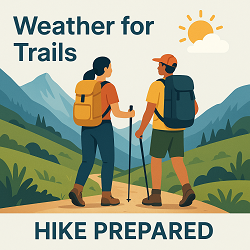Schenectady, NY Weather Forecast and Current Conditions
Current Conditions From Nearby Local Station

Feels Like 33°F
at
Point Forecast at a Glance







7-Day Temperature Trend
Week Ahead Summary
Warming trend through the week with high temperatures climbing from 42°F to 51°F. Some rain possible with at least 3 days showing precipitation chances of 20% or higher.
Climate Context
Temperatures are expected to be near normal for this time of year, with highs around 48°F and lows around 30°F.
This Date in Weather History
1900 - An unusual tornado outbreak in the Lower Mississippi Valley resulted in 73 deaths and extensive damage across Arkansas, Mississippi and Tennessee.
Schenectady, NY 7 Day Weather Forecast Details
Thursday Nov 20

Day: Partly sunny, then gradually becoming sunny, with a high near 42. Calm wind.

Night: Increasing clouds, with a low around 26. Calm wind.
Friday Nov 21

Day: Mostly cloudy, with a high near 48. Calm wind becoming south around 6 mph in the afternoon.

Night: A slight chance of showers. Mostly cloudy, with a low around 34. Calm wind becoming northwest around 5 mph after midnight. Chance of precipitation is 20%.
Saturday Nov 22

Day: Mostly sunny, with a high near 44. Northwest wind 6 to 9 mph.

Night: Partly cloudy, with a low around 25.
Sunday Nov 23

Day: Partly sunny, with a high near 43.

Night: Mostly cloudy, with a low around 32.
Monday Nov 24

Day: Partly sunny, with a high near 47.

Night: Mostly cloudy, with a low around 30.
Tuesday Nov 25

Day: A chance of rain. Mostly cloudy, with a high near 44. Chance of precipitation is 30%.

Night: Rain likely. Cloudy, with a low around 36. Chance of precipitation is 60%.
Wednesday Nov 26

Day: A chance of rain. Mostly cloudy, with a high near 51. Chance of precipitation is 40%.
About Schenectady, NY
Content from Wikipedia, licensed under CC BY-SA 3.0.
How We Provide Better Local Weather
Current conditions: We use the nearest available station to your location - including professional MESONET/MADIS and local weather stations - often miles closer than regional airports.
Forecasts: National Weather Service point forecasts predict for your specific area, not broad regional zones, making them far more relevant to your location.



